Art at Remy Bumppo: A Study in Friendship, and the Meaning of Meaning
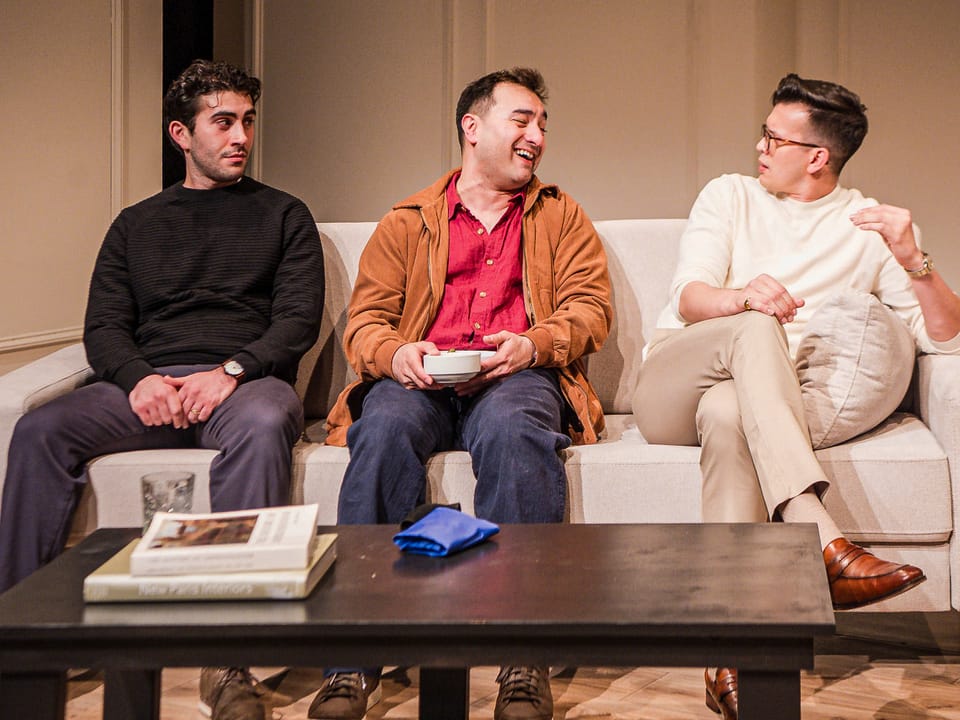
Remy Bumppo’s recent production of Art by Yasmina Reza (translated from the French by Christopher Hampton) delivers far more than its minimalist title suggests. It’s an unexpectedly layered meditation on aesthetics, ego, and the tenuous bonds of male friendship—punctuated by a well-choreographed fistfight just inches from my front-row seat.
The company’s motto, “Think Theatre,” is no idle tagline. Their lean and precise staging succeeded in drawing laughter, unease, and reflection in generous measure. It exceeded my expectations, especially in its physicality: the closeness of the actors and the spatial dynamics gave their dialogue a real sense of lived intimacy—and frequently intense emotions.
On Art as a Social Act
My personal epiphany was a theme less about paint and more about perception. One of the play’s most powerful insights is this: art does not exist in isolation—it must be received. The white-on-white painting at the center of the story is a perfect cipher. Alone, it means little; among friends, it becomes a mirror. When Serge defaces it near the play’s end, what emerges is no longer abstraction but a concrete stick figure, a disappearing man—an ingenious moment of theatrical metaphor that inspired one of those "aha!" moments that make you reflexively smack your forehead. The canvas, once empty, now revealed its meaning—but only after it was defaced, contextualized, and emotionally charged.
Ogden Nash may have said it with a sly wink, but in his poem I Have It On Good Authority he strikes a resonant note about recognition:
While on the other hand everybody errs
If they think the gossipees could be happy without the gossipers,
Because you don’t have to study under Freud or Adler or Coué,
To know that it isn’t any fun being a roué
If nobody notices that you are a roué...
So much of what we call "art" is really a shared act of recognition—of being noticed.
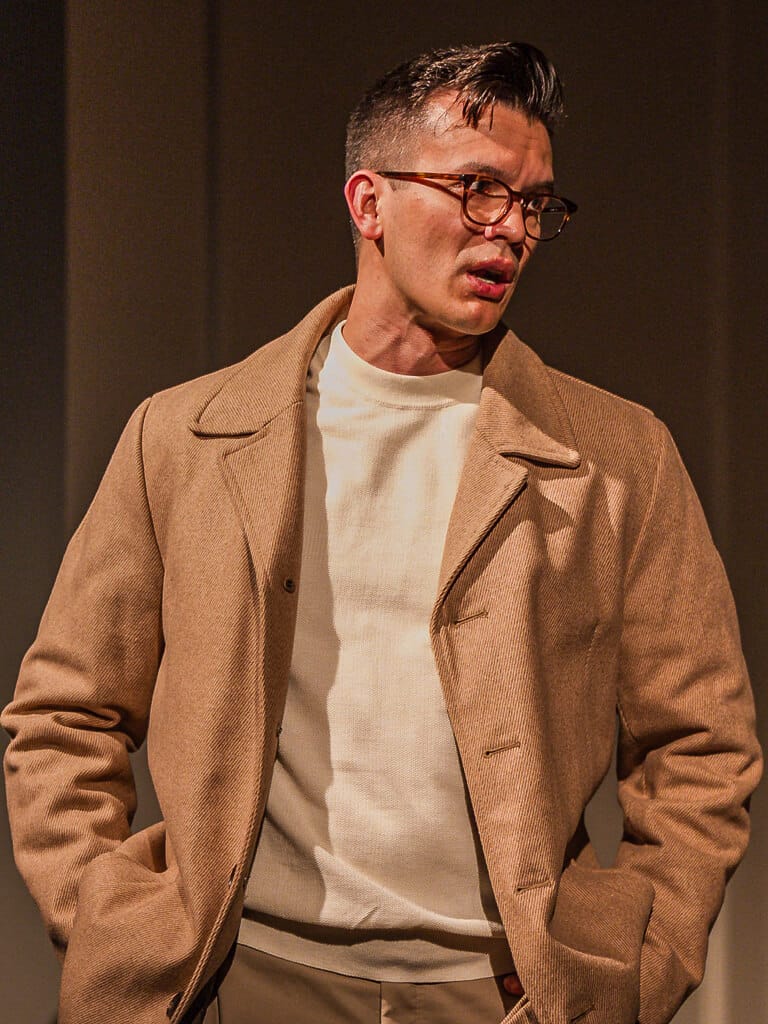
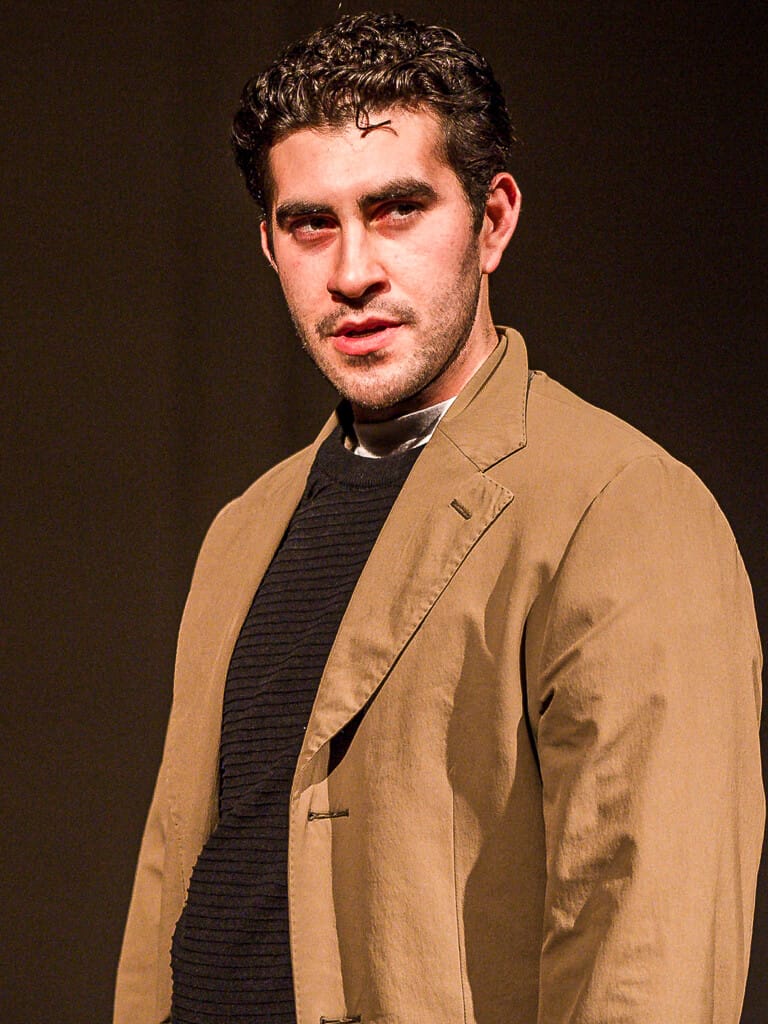
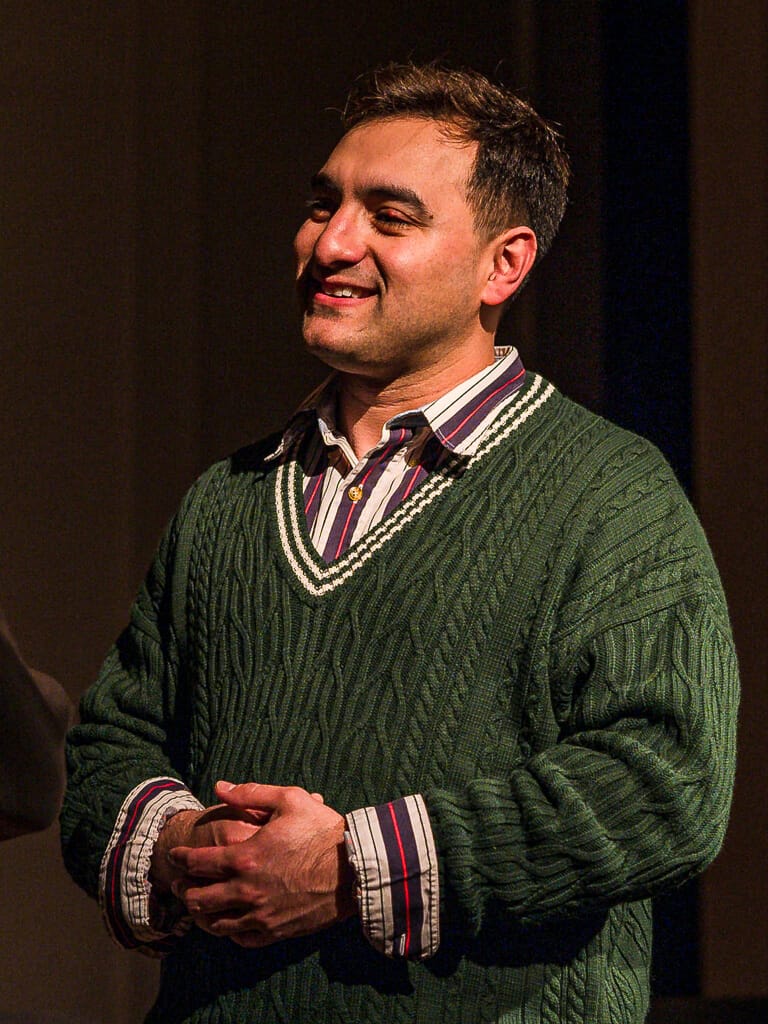
Chad Bay (Serge) | Justin Albinder (Marc) | Eduardo Curley (Yvan)
The Varied Faces of Friendship, Brotherhood, and Love
But if Art explores how we interpret art, it equally examines how we interpret—and misinterpret—our friendships.
As a Freemason, the concept of brotherhood is a core tenet of my life. The Masonic motto—Faith, Hope, and Charity—derives from the King James translation of I Corinthians. But a dive into the original Greek reveals that the word translated as “Charity” was agápē—a selfless, unconditional form of love.
Leave it to the ancient Greeks to have words for all of it. Here’s a breakdown, courtesy of ChatGPT:
| Greek Word | Type of Love | Description |
|---|---|---|
| Agápē | Unconditional love | Altruistic, divine love, with no expectation of return |
| Philía | Friendship love | Loyal camaraderie between equals |
| Éros | Passionate love | Sensual or romantic desire |
| Storgē | Familial love | Natural affection, like that between parent and child |
| Ludus | Playful love | Flirtation, teasing, game-like affection |
| Pragma | Enduring love | Mature, sustained love over time |
| Philautía | Self-love | Self-regard, from healthy confidence to destructive narcissism |
In this context, Yvan, the peacemaker of the trio, seems closest to agápē, offering support that expects little in return. Marc and Serge, however, seem caught between philía and ego—expressing a familiar, masculine struggle with vulnerability.
It is the character Serge (Chad Bay) who finally makes the initial overtures to Marc, paving the way for an ultimate reconciliation, that we hope will restore the trio to harmonious friendship. But he does so by telling a lie, and it is this act of conciliation, facilitated by a face-saving lie that makes us wonder, "Have these men really learned anything lasting about their friendship and the way insecurities can leave a sense of dis-ease between otherwise close companions?"
If nothing else, the production reminded me how complicated and vital friendship is, especially among men. Friendship is rarely portrayed with such emotional fidelity on stage.
Curtain Call
When a piece of theatre pushes you to reflect not only on what you've seen, but also on what you value—about art, loyalty, or the layers of meaning in a glance or silence—it has done something more than entertain. It has connected.
Art did that for me.
Well done, Remy Bumppo.
Select images appear under fair use for educational and critical discussion. Rights remain with Remy Bumppo Theatre Company. https://www.remybumppo.org/
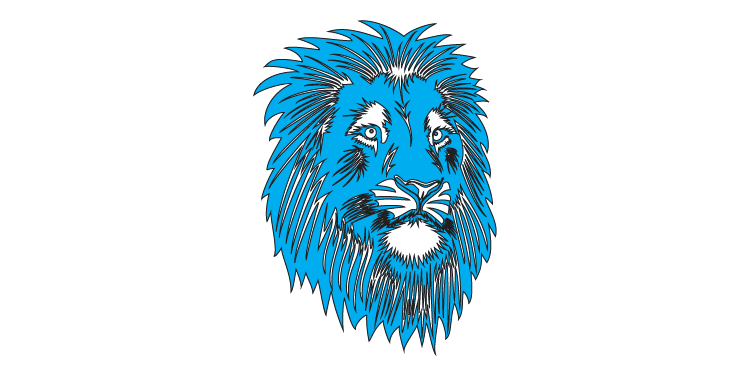


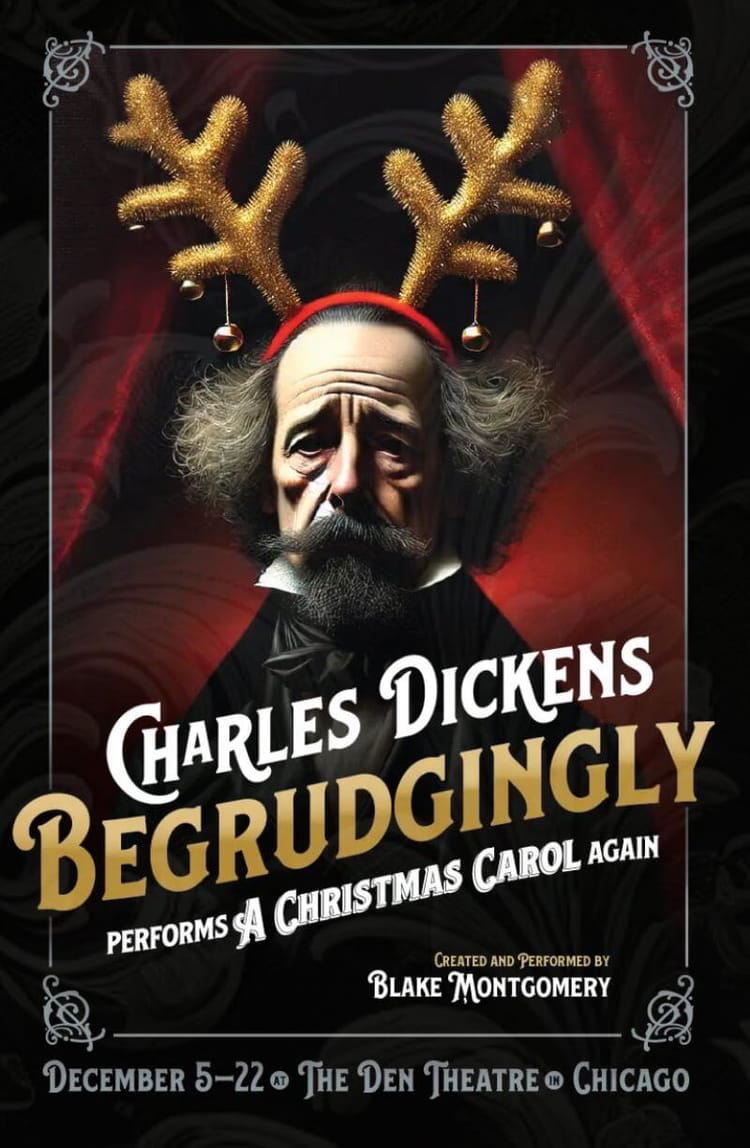
Comments ()